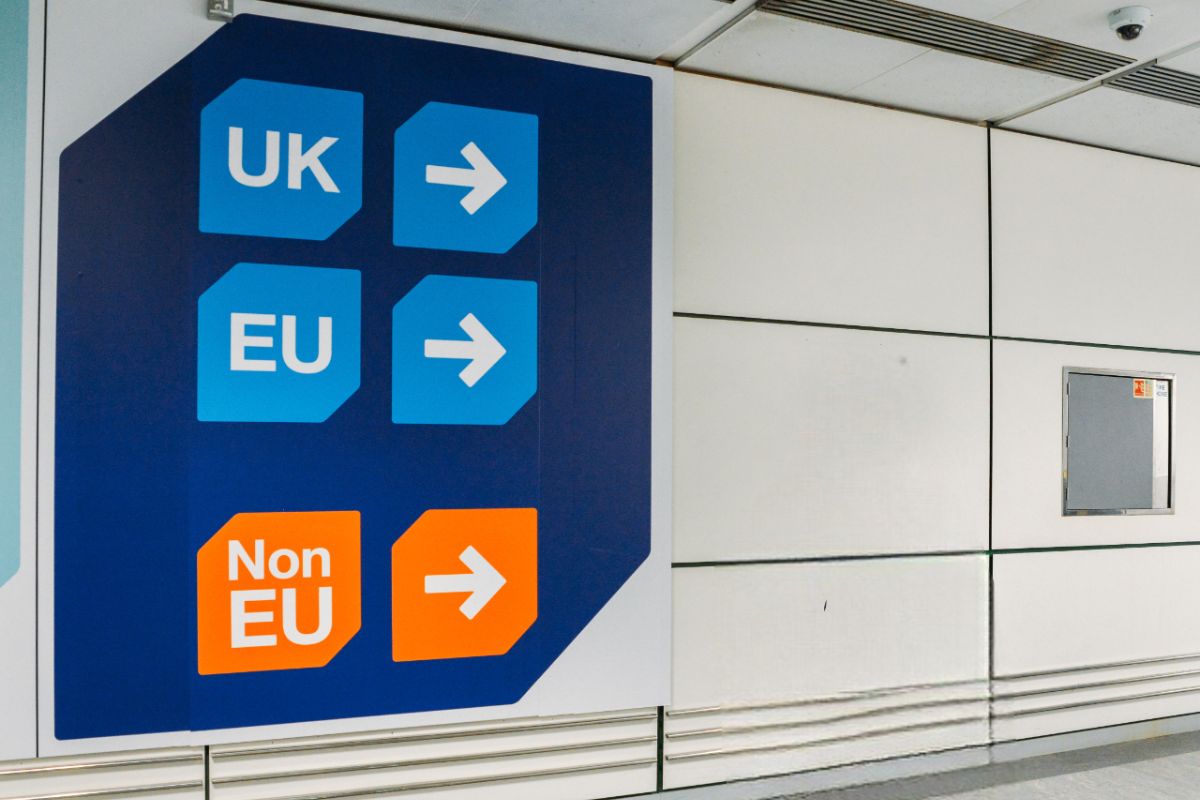
Airports across the European Union (EU) are grappling with the imminent implementation of new biometric checks for third-country nationals, set to commence in October.
The new requirements, introduced under the European Entry-Exit System (EES), mandate the collection of biometric data from all non-EU travellers upon their first entry into the Schengen Area.
European Entry-Exit System (EES)
The EES is an automated system designed to register travellers from non-EU countries each time they enter or exit the Schengen zone. This will involve capturing biometric data like fingerprints and facial images upon arrival and departure. The EES aims to achieve:
- Smoother border crossings: Automated checks can potentially reduce wait times for travellers.
- Enhanced security: Biometric data can assist in identifying individuals who might pose a security threat.
- Improved movement tracking: The EES will create a centralized record of third-country nationals’ movements within the Schengen Area.
Uncertainties and Delays Cause Concerns
Officials have set the launch for October 2024, but concerns linger about whether some EU airports, especially smaller regional ones, are ready. These airports might lack the necessary technology and staff to handle the new procedures smoothly, potentially causing significant delays for travellers.
Potential App Delays
Adding to the confusion, the availability of a mobile application to facilitate the EES registration process remains unclear. This app, if operational, could significantly improve the experience for travellers by allowing pre-registration before arrival. However, there’s no official confirmation regarding the app’s launch date or functionalities.
Impact on Third-Country Nationals
Third-country nationals often utilize regional airports for leisure and business travel to popular EU destinations. These airports, which typically experience lower traffic outside peak seasons, may face significant operational challenges due to the new EES requirements.
The potential delays and uncertainties surrounding the EES rollout could discourage some travellers from visiting Europe. Travellers may also need to adjust their travel plans to account for longer wait times.
What to Expect as a Third-Country National
Possible Delays: Be prepared for longer queues, especially at smaller airports that might not be fully equipped for the EES yet. These delays could be due to increased processing times for new procedures or staffing adjustments.
Biometric Checks: Upon arrival and departure, expect to have your fingerprints scanned at designated booths. Facial scans might also be implemented, so be prepared for a quick photo capture.
Mobile App (Uncertain): A mobile app to simplify EES registration is in development, but its launch date and functionalities remain unclear. While its availability could expedite the process, travellers shouldn’t rely on it for now.
Final Words
With the October deadline fast approaching, third-country nationals and airport authorities are pressured to adapt to these substantial changes. Effective implementation of the EES is crucial to ensure smooth and secure travel experiences for all non-EU visitors entering the Schengen Area.
Stay informed about the latest updates on the EES implementation and check with your chosen airport for specific procedures. The situation is still developing, and delays or adjustments to the rollout timeline are possible.
